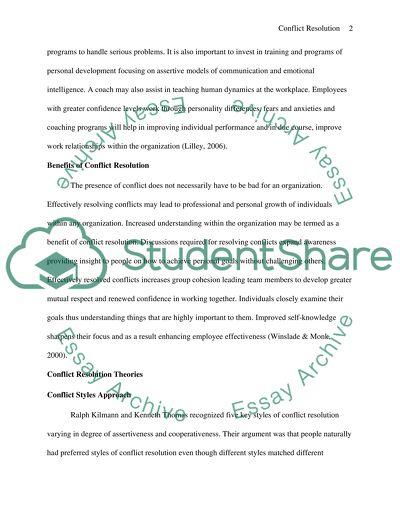Cite this document
(“Conflict resolution/Dealing with difficult people in the workplace Dissertation”, n.d.)
Retrieved from https://studentshare.org/family-consumer-science/1414177-conflict-resolution-dealing-with-difficult-people
Retrieved from https://studentshare.org/family-consumer-science/1414177-conflict-resolution-dealing-with-difficult-people
(Conflict resolution/Dealing With Difficult People in the Workplace Dissertation)
https://studentshare.org/family-consumer-science/1414177-conflict-resolution-dealing-with-difficult-people.
https://studentshare.org/family-consumer-science/1414177-conflict-resolution-dealing-with-difficult-people.
“Conflict resolution/Dealing With Difficult People in the Workplace Dissertation”, n.d. https://studentshare.org/family-consumer-science/1414177-conflict-resolution-dealing-with-difficult-people.


